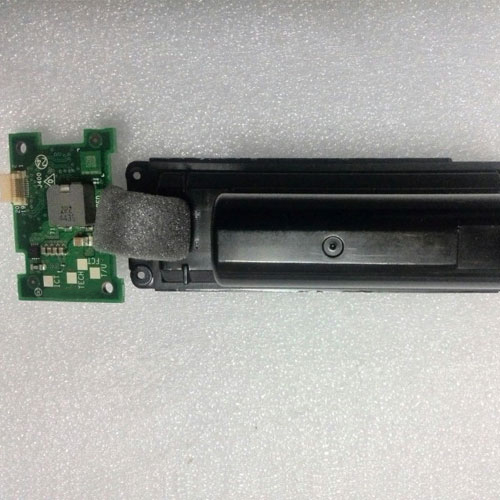Phone batteries measure their lifespan in “charge cycles.” That means every time you discharge up 100 percent of the capacity, that’s one cycle count—but that doesn’t mean you went all the way to 0.
For example, if your phone is at 80 percent, you go down to 30 percent (that’s 50 percent), and you charge it back to 80 and use it up again… that’s one cycle. You could use 75 percent one day, 25 percent the next; that’s one cycle. Depending on where you read, expect iPhones to have a lifespan of 400 to 500 charge cycles (note, that’s not 400 to 500 times the phone is actually plugged in to charge.)
If the phone’s capacity has eroded enough, you may have to do that 50 percent charge-and-use a couple of times a day—and that’s when the lifespan goes even faster. Here’s Apple’s graphic trying to explain it:

While your phone battery doesn’t have a “memory” that makes the capacity worse and worse, that limited lifespan means you may want to swap in a new battery (or batteries, as you can see in the image below). And if you have an older iPhone, you can grab a new battery on the cheap right now.
Last month, Apple admitted to secretly slowing down batteries on older iPhones in the name of “overall performance and prolonging the life of…devices.” It first applied the slowdowns to iPhone 6, iPhone 6s, and iPhone SE devices, but has extended it to iPhone 7 devices, too. After an uproar, Apple said it would offer battery replacements for these phones for $29, down from the usual $79 fee, from now until Dec. 31. Here’s how to see if you’d benefit from a new battery.
Battery replacements re generally best done by a professional unless you’re brave. Few new smartphones have a user-swappable battery. Those that do are from previous years, including models from LG (V20, V10, and G5), the Moto G5, and the Samsung Galaxy Note 4 from 2014. The newest one out with a removable battery is probably the Moto E4.
Why so few? Well, you can look at it this way: most Lithium-ion batteries perform effectively for around two to three years, and that’s when the manufacturers would really like it if you upgraded to a new phone. Or maybe it’s because the average smartphone user in the US keeps a phone for around 22.7 months, according to Kantar WorldPanel, so they can always have the newest, coolest gadget on hand—so why bother making it easy to swap a battery?
The takeaway here: if you plan to swap phones every year or two, charge the stupid thing any way you want, as often as you want, and don’t worry about the diminished capacity. But if you want to stretch things out, use best practices for Lithium-Ion batteries we described above. It may help. Or, just take it in to and get a new battery installed every couple of years.
